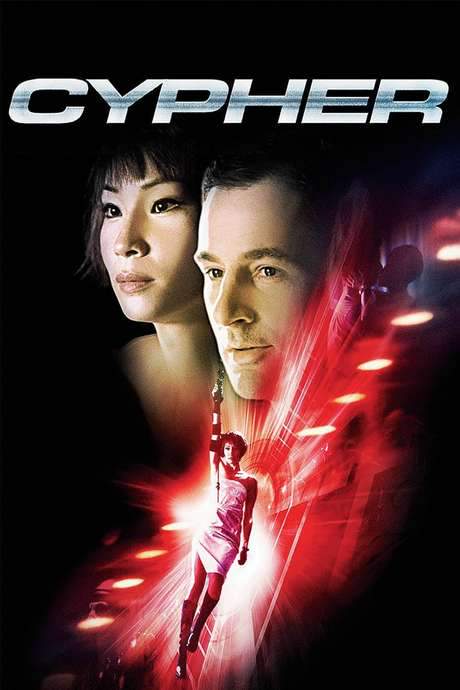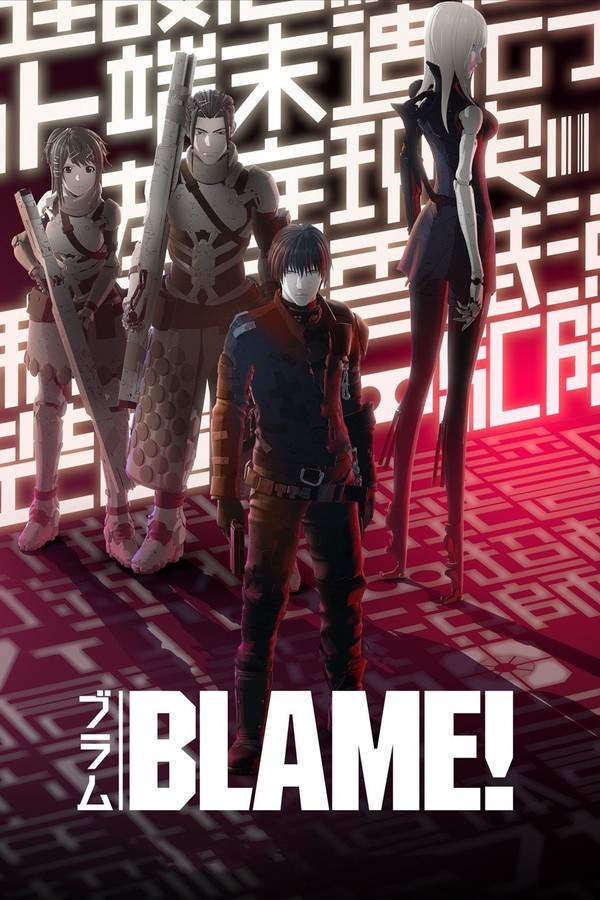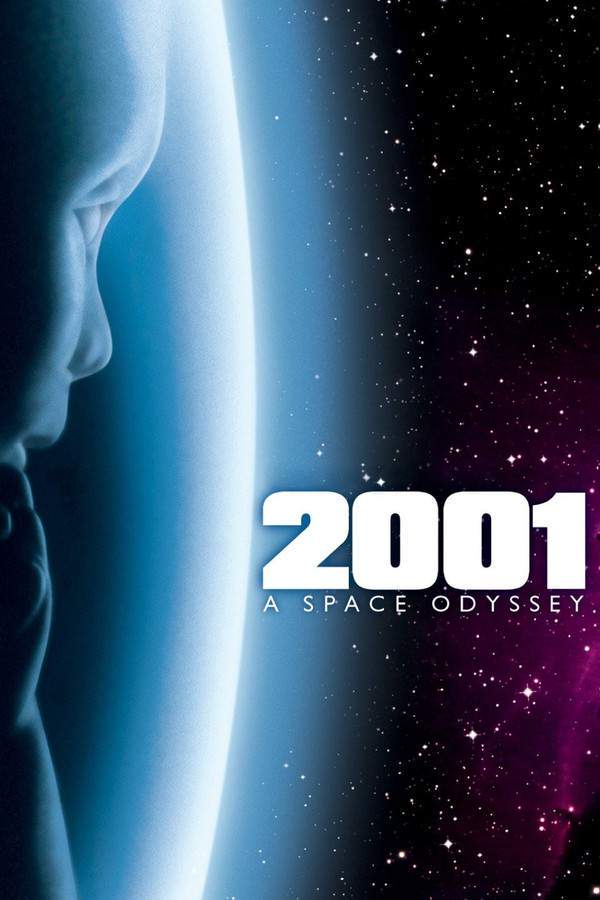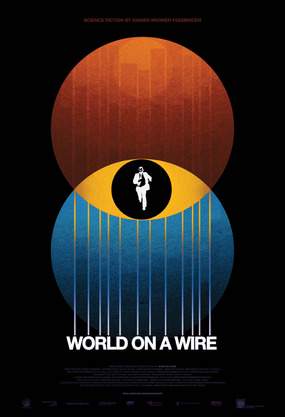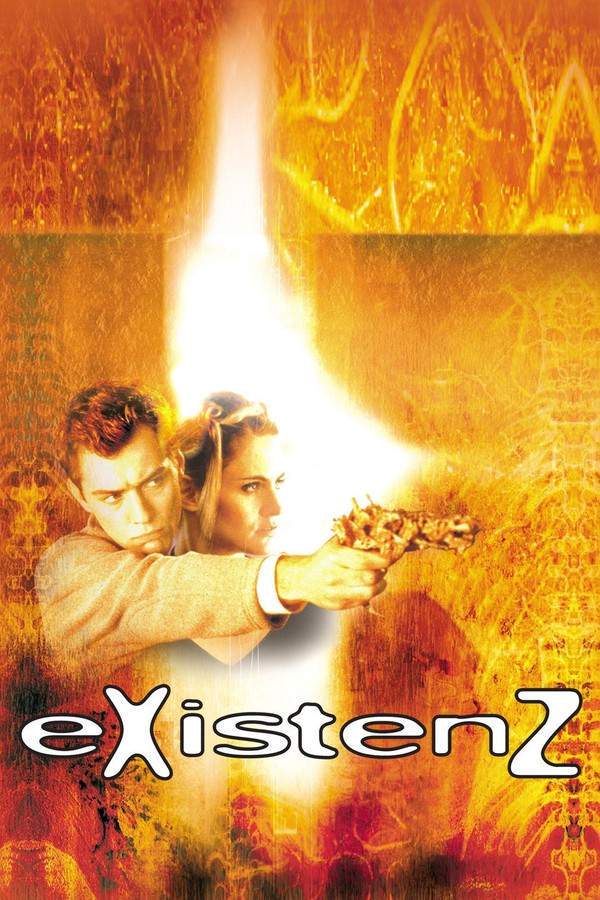
Ghost in the Shell: Stand Alone Complex - Solid State Society 3D
Year: 2011
Runtime: 108 mins
Language: Japanese
Director: Kenji Kamiyama
A new 3D version of Ghost in the Shell: Solid State Society.
Warning: spoilers below!
Haven’t seen Ghost in the Shell: Stand Alone Complex - Solid State Society 3D yet? This summary contains major spoilers. Bookmark the page, watch the movie, and come back for the full breakdown. If you're ready, scroll on and relive the story!
Ghost in the Shell: Stand Alone Complex - Solid State Society 3D (2011) – Full Plot Summary & Ending Explained
Read the complete plot breakdown of Ghost in the Shell: Stand Alone Complex - Solid State Society 3D (2011), including all key story events, major twists, and the ending explained in detail. Discover what really happened—and what it all means.
In 2034, two years after the events of 2nd GIG, Public Security Section 9 investigates a string of mysterious suicides among refugees from the Siak Republic. Chief Aramaki leads a raid to arrest the refugee dictator, only to discover that the man is already dead. In response, a Siak operative plans a terrorist attack using a micromachine virus, and Batou is dispatched to intercept him. During the confrontation, the operative dies, striking a uneasy chord between pursuit and foregone conclusions. Motoko Kusanagi is pursuing her own line of inquiry, and when their paths cross, a tense encounter unfolds with mutual caution. Before they can apprehend the operative, he dies while attacking them, leaving behind a trail of clues in the form of virus ampules that Kusanagi later retrieves. She warns Batou to steer clear of the enigmatic Solid State Society as she departs, her resolve as cool as it is purposeful.
Section 9 operatives begin to piece together a theory about a hacker known as the Puppeteer, a shadowy figure whose fingerprints are tied to the Siak suicides. Meanwhile, Togusa learns of sixteen kidnapped children who were meant to carry the virus, all listed as offspring of the so-called Noble Rot Senior Citizens. The investigation expands as the team suspects a wider conspiracy, hinting at a colossal network that could involve as many as 20,000 children. The Puppeteer’s influence seems to ripple through the system itself, a digital echo that binds disparate acts into a single, ominous design.
Soon the Puppeteer orchestrates the disappearance of the sixteen children, and Batou reveals to Togusa his growing suspicion that Kusanagi may herself be the Puppeteer, a suggestion that rattles the already fragile balance within Section 9. As they close in on the mastermind behind Ka Rum’s assassination, a Siak sniper is intercepted, and the captured informant reveals a shocking truth: the Puppeteer is a mechanism embedded within the Solid State, and cannot be simply killed.
Togusa tracks down one of the missing children, now assigned to an elderly man in the Noble Rot program. When he tries to take the child, the man wakes and asserts that the child is his sole heir, preferring to leave his assets to a child from the streets rather than handing them over to the government at his death. The warning is blunt and final, and the man dies soon after, reinforcing the notion that meddling with the Solid State’s plans carries a deadly cost.
A dramatic turn comes when Togusa receives a call from the Puppeteer, who hacks his brain and drives him to a cyberbrain implant hospital with his daughter. In a tense exchange, Togusa is given a grim choice: lose his daughter to the Solid State or commit suicide. He votes for the latter, but Kusanagi intervenes in time to save him. She follows the Puppeteer’s trail and identifies him as a rhizome formed by the collective consciousness of the Noble Rot Senior Citizens housed in a welfare center, a revelation that reframes the entire mystery.
Kusanagi briefly rejoins Section 9 and confirms that Ito Munei, a powerful politician, was behind the assassination of General Ka Rum. She uncovers that Munei and his allies use a brainwashing facility as a front to cultivate an elite, pure-blooded Japanese ruling class, envisioning a new Golden Age for the country. The Solid State moves to eliminate Munei for dangerous interference, yet Munei remains ignorant of the full extent of the abduction infrastructure.
A designer named Tateaki Koshiki briefly steps forward, claiming responsibility for developing the Solid State before taking his own life. Kusanagi probes into his cyberbrain and plunges into Koshiki’s trap, allowing the Puppeteer to hijack her own cybernetics. The Puppeteer reveals a rupture of identity, having spread across multiple egos until a collective consciousness coalesced into the Solid State, a force that can move through the wider society as a vanishing mediator.
Batou later shares with a recovering Kusanagi that the real Tateaki Koshiki used a prosthetic body and had built the Solid State under Munei’s hire. The revelation shifts the lens on who truly wields power, and Kusanagi chooses to keep the Puppeteer’s origins private, a truth that Batou had already sensed from their shared dive. He concludes that the Puppeteer’s ultimate identity may remain unknowable, and that the incident will likely be dismissed as a scandal. With a renewed sense of purpose, Kusanagi hints that she will eventually rejoin Section 9 after years of roaming the net on her own, stepping back into the fold when the moment is right.
Last Updated: October 09, 2025 at 17:00
Explore Movie Threads
Discover curated groups of movies connected by mood, themes, and story style. Browse collections built around emotion, atmosphere, and narrative focus to easily find films that match what you feel like watching right now.
Cyberpunk conspiracy thrillers like Ghost in the Shell: Stand Alone Complex - Solid State Society 3D
Investigations that uncover vast, technologically-driven political conspiracies and corruption.If you liked the intricate political conspiracy and high-tech investigation in Ghost in the Shell, you'll find similar movies here. These stories feature complex plots, tense pacing, and heavy themes of technological ethics, hacking, and existential threat, creating a paranoid and atmospheric viewing experience.
Narrative Summary
The narrative typically follows a procedural investigation into a complex conspiracy, often involving rogue AIs, corporate malfeasance, or government cover-ups. The journey is marked by a series of rapid-fire clues and shocking reveals that challenge the protagonist's understanding of reality and identity.
Why These Movies?
These movies are grouped by their shared focus on intricate, technology-based conspiracies, a tense and paranoid atmosphere, and a fast-paced, intellectually stimulating plot. They create a cohesive experience of high-stakes investigation in a bleak, futuristic world.
Movies about technological existentialism like Ghost in the Shell: Stand Alone Complex - Solid State Society 3D
Stories where advanced technology provokes deep questions about consciousness and humanity.Find movies similar to Ghost in the Shell that delve into heavy existential themes. If you were fascinated by the questions of identity, consciousness, and humanity in a cybernetically-enhanced world, these selections explore the melancholic and philosophical side of sci-fi.
Narrative Summary
The narrative pattern involves characters confronting the philosophical implications of their own existence, often as they interface with or become technology. The journey is an internal one, filled with doubt and reflection, set against a backdrop of a cold, impersonal technological society.
Why These Movies?
These films share a heavy emotional weight and a focus on existential themes like identity crisis and the soul in a machine. They create a cohesive, melancholic, and thoughtful vibe by prioritizing philosophical inquiry over simple action.
Unlock the Full Story of Ghost in the Shell: Stand Alone Complex - Solid State Society 3D
Don't stop at just watching — explore Ghost in the Shell: Stand Alone Complex - Solid State Society 3D in full detail. From the complete plot summary and scene-by-scene timeline to character breakdowns, thematic analysis, and a deep dive into the ending — every page helps you truly understand what Ghost in the Shell: Stand Alone Complex - Solid State Society 3D is all about. Plus, discover what's next after the movie.
Ghost in the Shell: Stand Alone Complex - Solid State Society 3D Timeline
Track the full timeline of Ghost in the Shell: Stand Alone Complex - Solid State Society 3D with every major event arranged chronologically. Perfect for decoding non-linear storytelling, flashbacks, or parallel narratives with a clear scene-by-scene breakdown.

Characters, Settings & Themes in Ghost in the Shell: Stand Alone Complex - Solid State Society 3D
Discover the characters, locations, and core themes that shape Ghost in the Shell: Stand Alone Complex - Solid State Society 3D. Get insights into symbolic elements, setting significance, and deeper narrative meaning — ideal for thematic analysis and movie breakdowns.

Ghost in the Shell: Stand Alone Complex - Solid State Society 3D Spoiler-Free Summary
Get a quick, spoiler-free overview of Ghost in the Shell: Stand Alone Complex - Solid State Society 3D that covers the main plot points and key details without revealing any major twists or spoilers. Perfect for those who want to know what to expect before diving in.

More About Ghost in the Shell: Stand Alone Complex - Solid State Society 3D
Visit What's After the Movie to explore more about Ghost in the Shell: Stand Alone Complex - Solid State Society 3D: box office results, cast and crew info, production details, post-credit scenes, and external links — all in one place for movie fans and researchers.

Explore More About Movie Ghost in the Shell: Stand Alone Complex - Solid State Society 3D
Ghost in the Shell: Stand Alone Complex - Solid State Society 3D (2011) Scene-by-Scene Movie Timeline
Ghost in the Shell: Stand Alone Complex - Solid State Society 3D (2011) Movie Characters, Themes & Settings
Ghost in the Shell: Stand Alone Complex - Solid State Society 3D (2011) Spoiler-Free Summary & Key Flow








